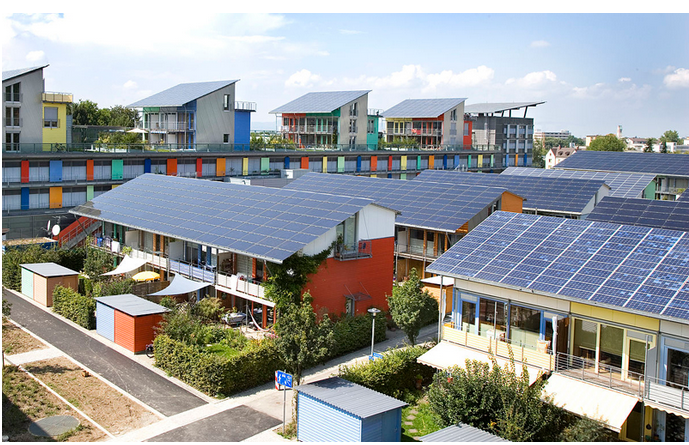
Top companies, organizations and multinationals across the varied sectors are pushing for and channelling towards a healthy climate and a more eco-friendly environment, the building industry is also moving to reduce its carbon footprints thus adjusting and altering old building trends and reducing atmospheric and surface-level pollution. Environmental experts are equally working with professionals in developing green technology and architectural designs to support climate change prevention mandates.
Others are:
Minimizing adverse ecological impacts
Buildings can achieve sustainability by reducing their exploitation of natural resources. In preventing climate change, it is essential to reduce the carbon footprints of homes, as a significant portion of residential power comes from fossil fuels as this produces Greenhouse gas emissions. These gases emitted during the process confine additional energy in the atmosphere, causing temperatures worldwide to rise over time.
Architects, according to Sustainability Times, acknowledge the emission challenges associated with residential and commercial buildings, and they’re working on creating sustainable solutions. Furthermore, investors also evaluate sustainability’s relevance, exploring its influence on the future of construction and development.
Affordable and more realistic option
Many investment professionals view sustainable real estate as part of the industry’s future because it is more affordable and appeals to eco-conscious consumers. Thus, many professionals in construction are developing sustainable structures via the net-zero method. These buildings are entirely self-sufficient, producing as much emission-free energy as they consume.
Sustainable buildings also improve savings, and reduce reliance on costly resources.
Utilising solar panels and geothermal systems
Structures using solar energy can reduce or cut utility bills overtime. Solar power is currently the most affordable and cost friendly electricity source on the market. Construction professionals use solar panels and geothermal systems to create electricity and heat indoors. Buildings are more affordable and have a smaller carbon footprint when using renewable power.

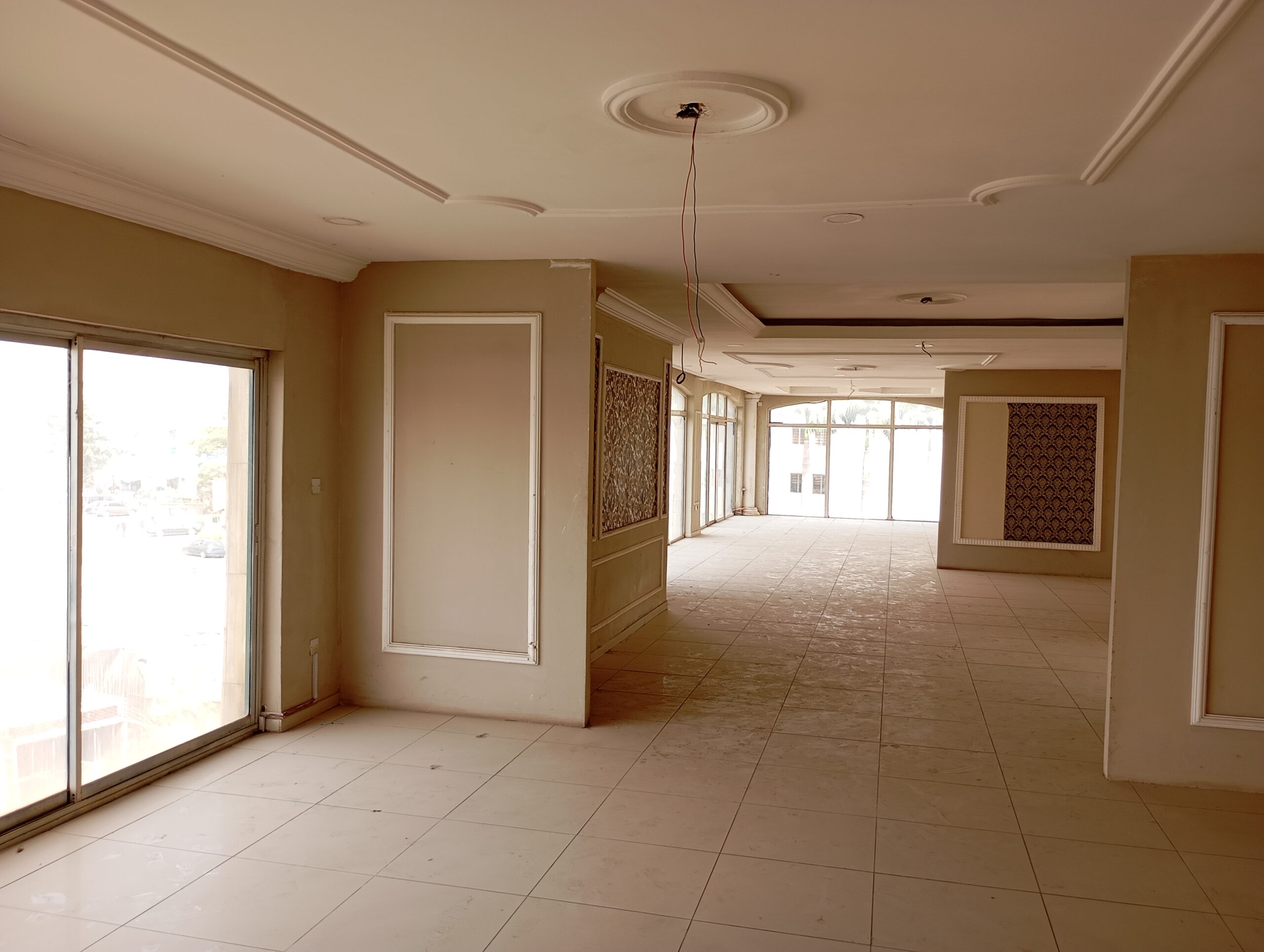
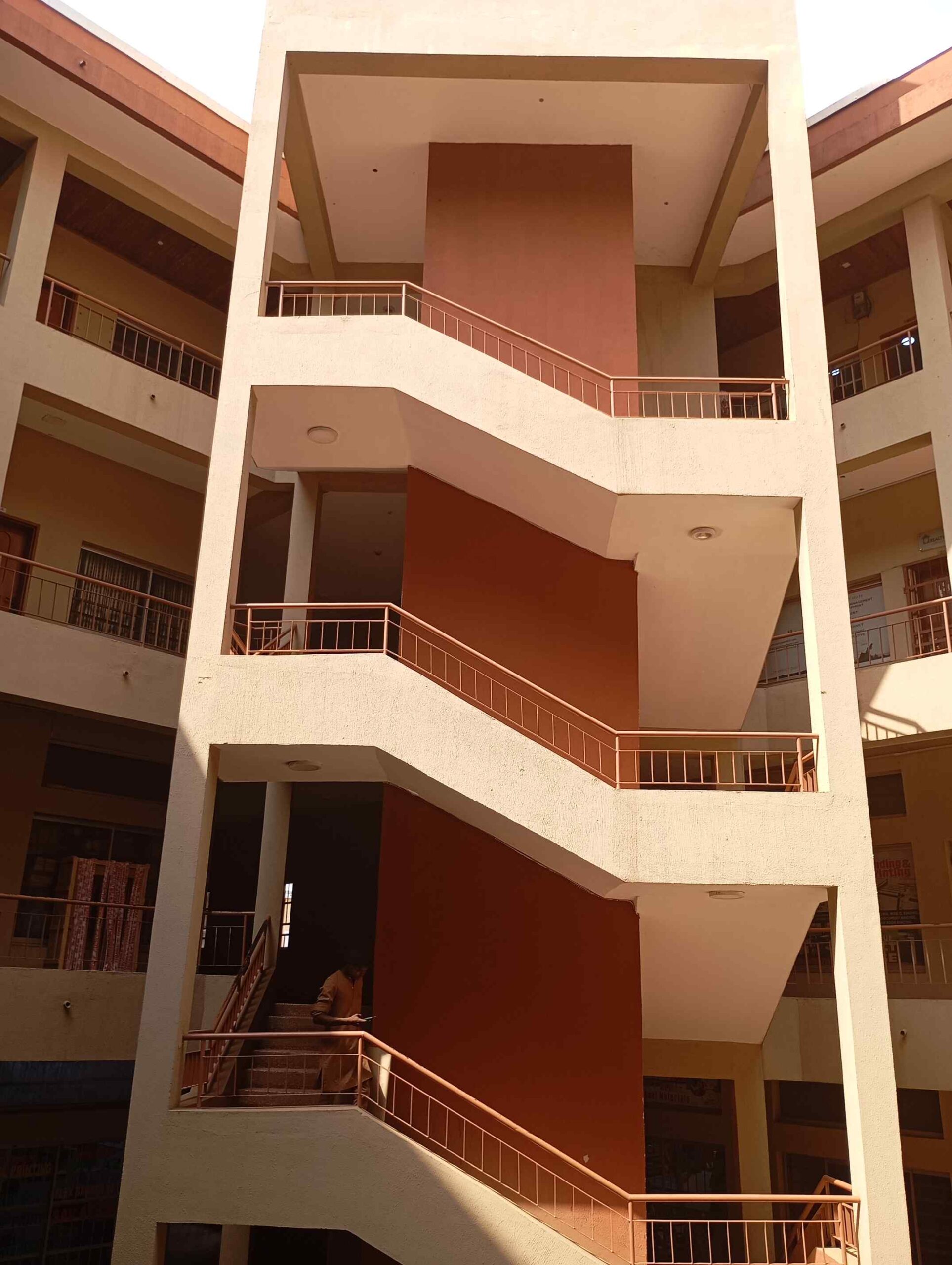

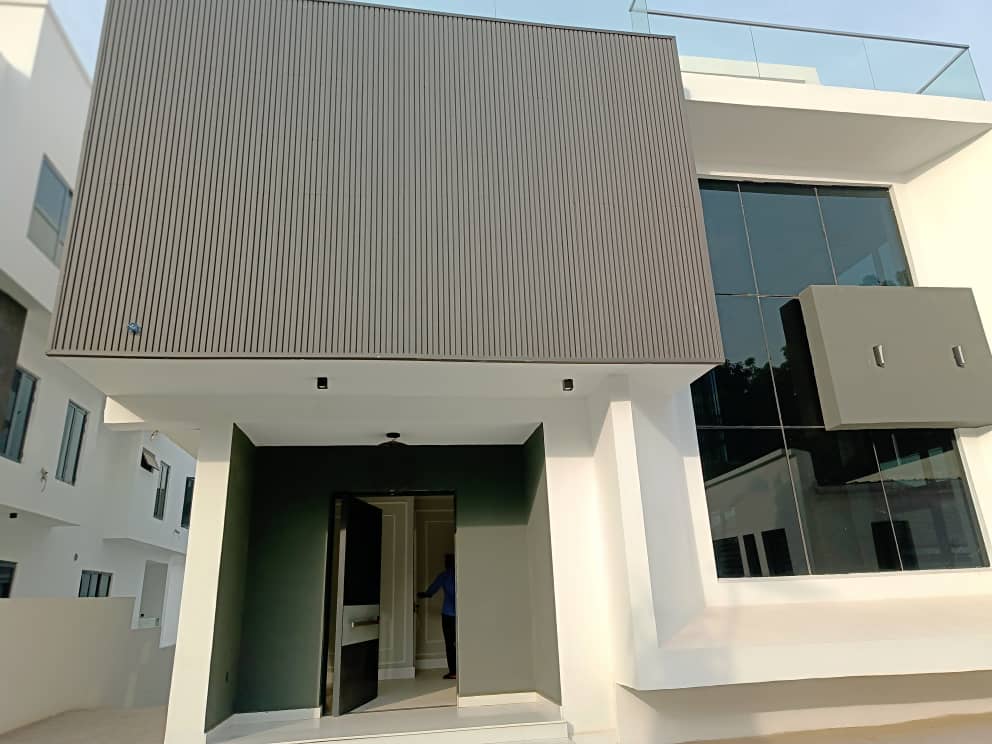

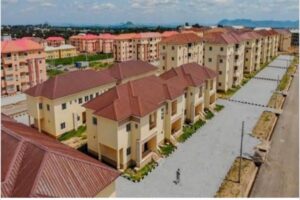

3 Responses
“An interesting discussion is worth comment. I believe that you need to write more on this issue, it may not be a taboo subject but typically people do not talk about these topics. To the next! Kind regards!!}” visit the following internet site
Good day! I just wish to give you a huge thumbs up for your excellent information you have got here on this post. I am coming back to your blog for more soon. Good day! I just wish to give you a huge thumbs up for your excellent information you have got here on this post. I am coming back to your blog for more soon. נערות ליווי בחולון
I was extremely pleased to discover this page. I want to to thank you for ones time due to this wonderful read!! I definitely appreciated every part of it and I have you bookmarked to look at new information on your web site.